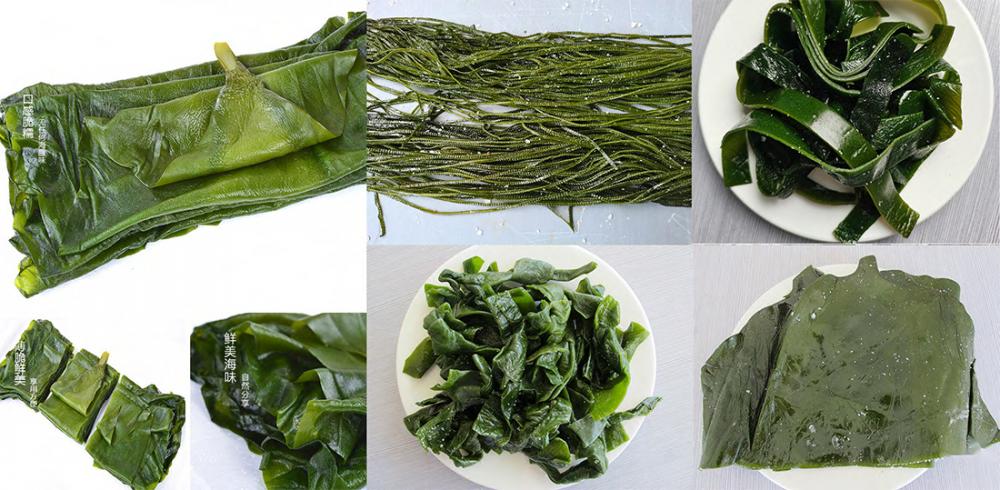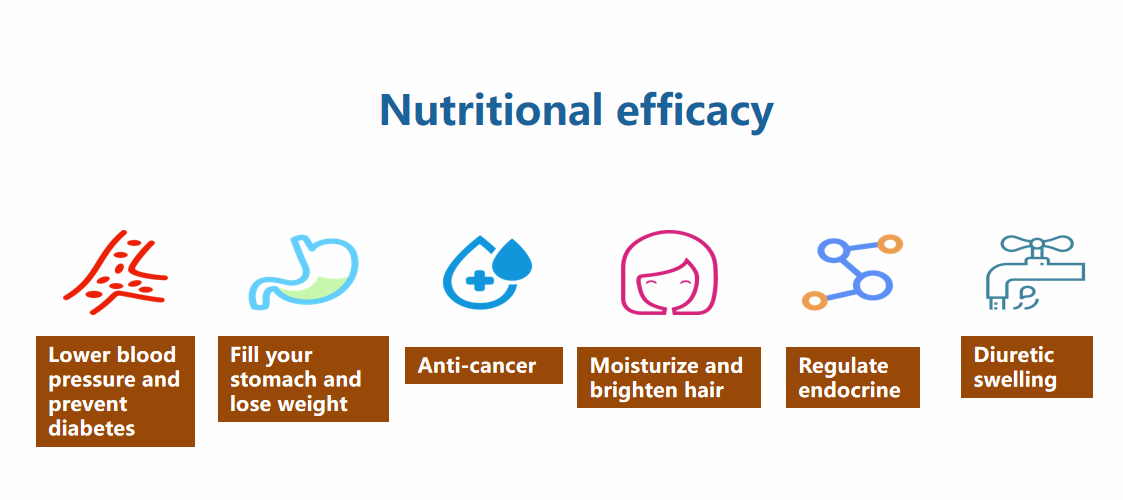First, change the feed. After the hen enters the laying hen house, the feed composition also changes according to the hen's weight, feeding, lighting, and egg production. At the laying stage, four feeds are generally used, namely, 17 weeks-5% egg production rate, 5% egg production rate-42 weeks old, 42 weeks old, and high temperature season feed.
Second, environmental control. The optimum temperature for the egg production period is between 15 and 20°C. Try to avoid too much temperature fluctuation in one day; the relative humidity in the house is between 60% and 70%; keep the house well ventilated. In order to reduce the influence of high temperature on laying hens in summer, conditional installation of wet curtain cooling system is possible; in winter, both thermal insulation and ventilation are needed to provide fresh air.
Third, feeding technology. The egg production stage is generally fed twice a day, free to eat. When feeding, the feed in the feeding trough should be evenly distributed, the feed should not be overfilled, and the leftovers should be cleaned regularly to prevent mildew in the feed. In general, the feed intake of laying hens ranges from 100 to 105 g at 21 to 22 weeks, from 105 to 110 g at 23 weeks, to 115 to 120 g at 24 weeks, and to about 120 g at 25 weeks of age. Laying hens should ensure uninterrupted supply of clean drinking water.
Salted Kelp Roots
The original ecological kelp means that we pack the young kelp with saturated salt water directly after washing without any preservatives.Original ecological products are the favourite of housewives.
Salted kelp:
How to eat:
- Soaking about 30 minutes to moderate salty
- Cook . make salad or add to hot pot after draining the wate

The difference between deep sea kelp and traditional ordinary kelp
Nutrational Effects

Salted Kelp Roots,Sea Kelp,Organic Kelp,Organic Kombu
Shandong Haizhibao Ocean Science and Technology Co.,Ltd. , https://www.haizhibaoseafood.com